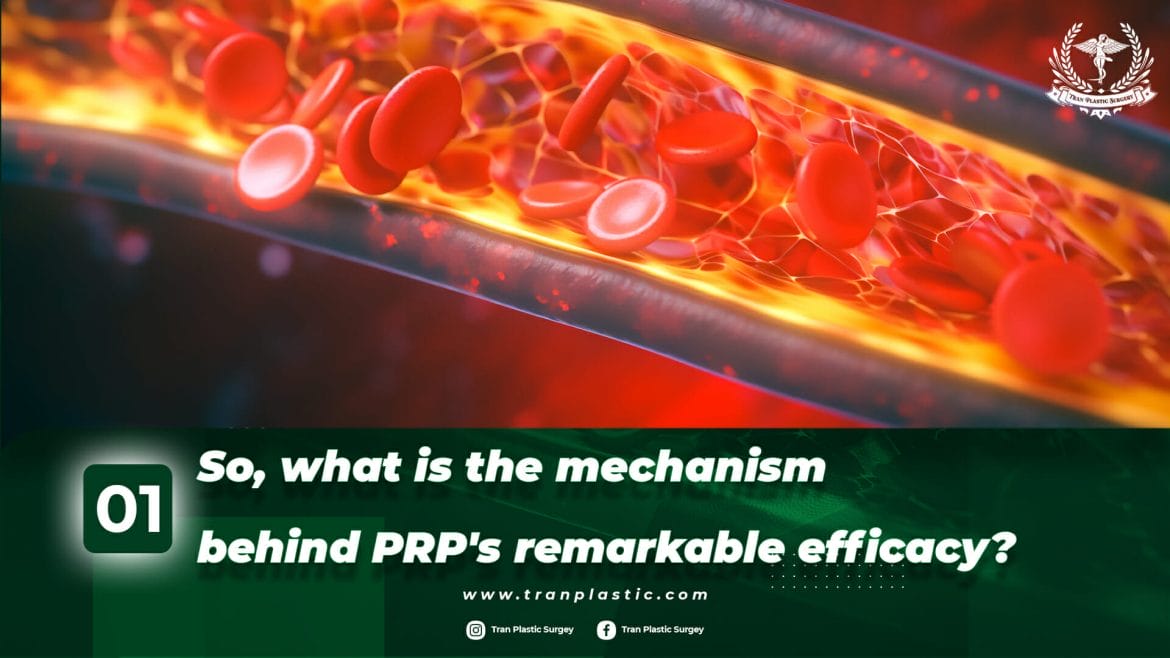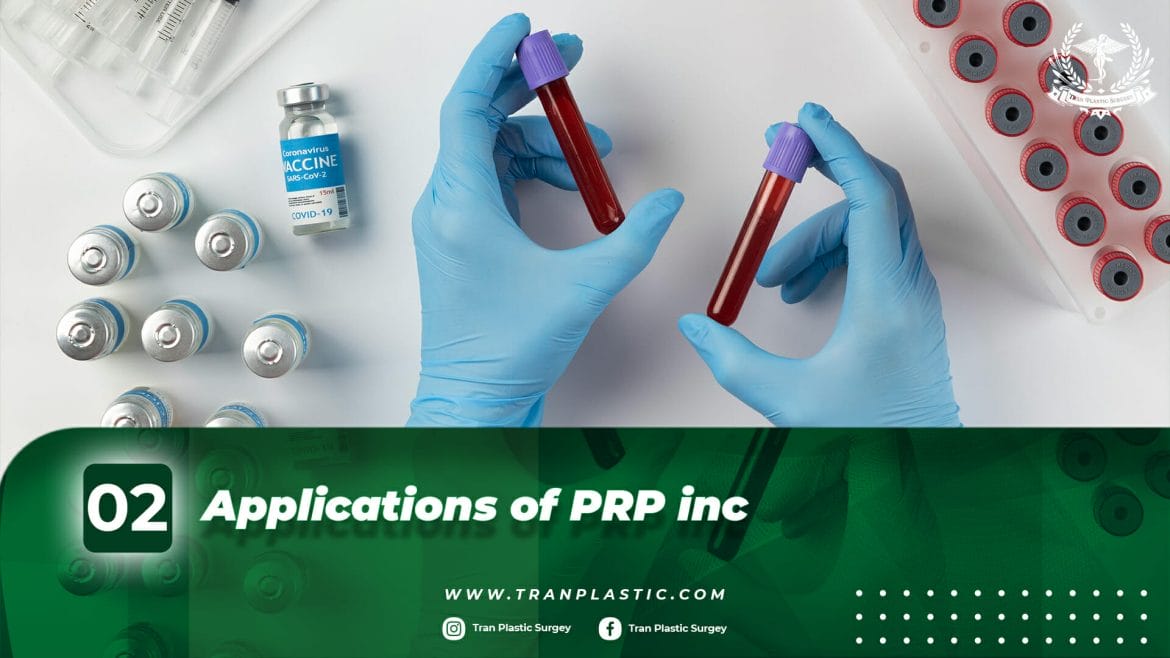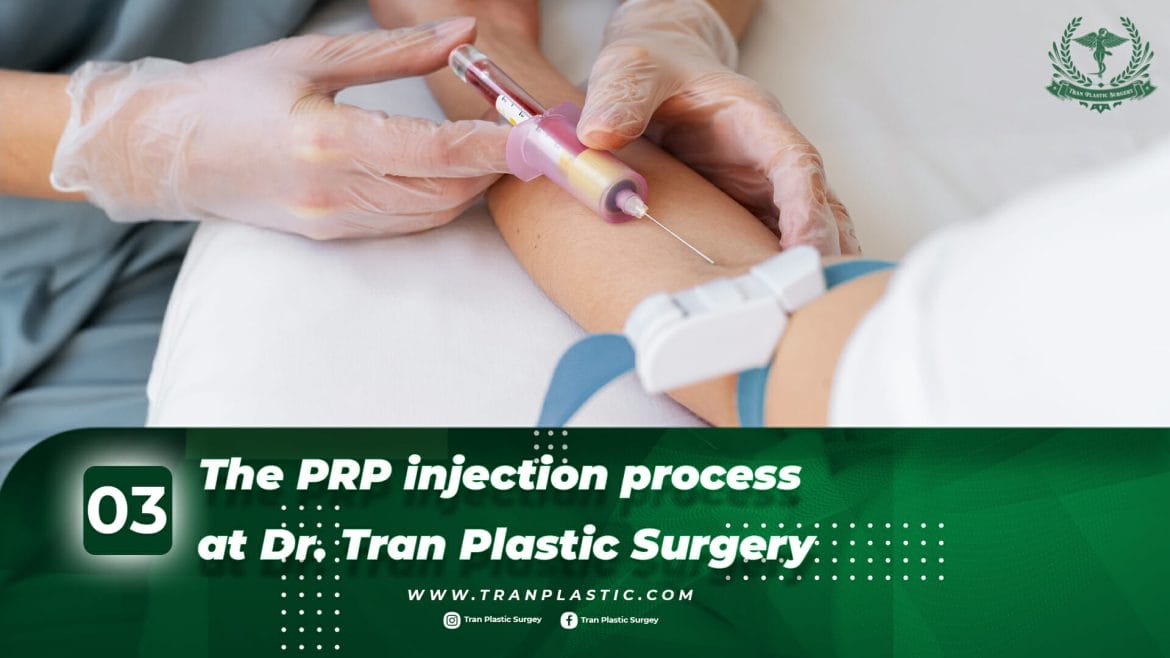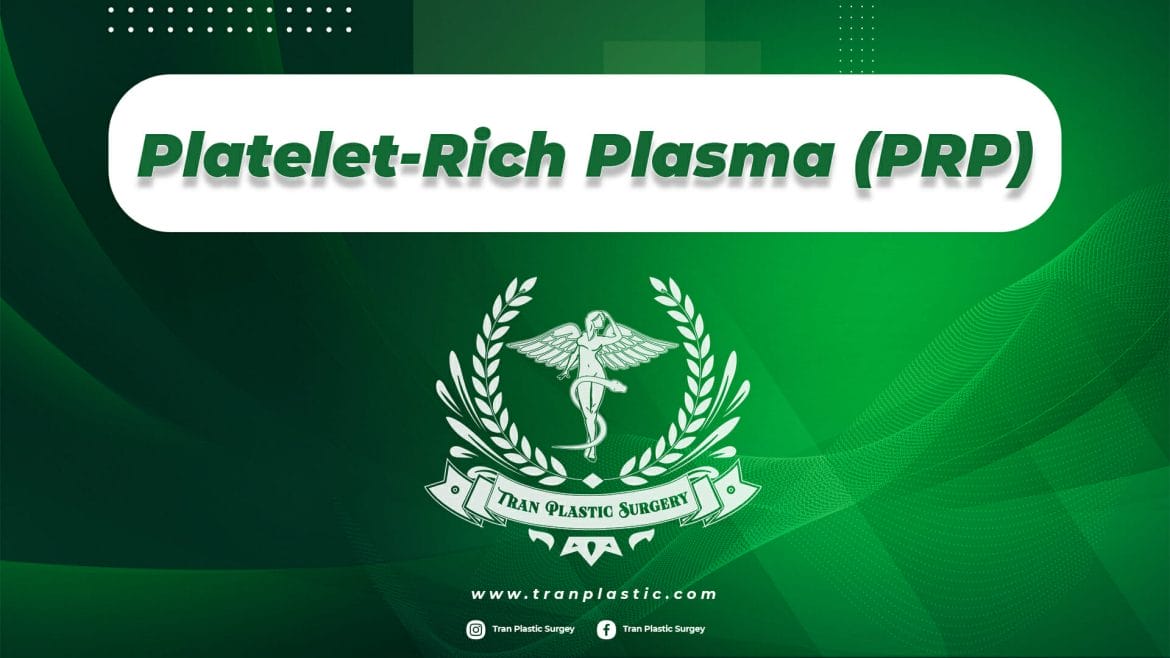What is PRP?
PRP stands for platelet-rich Plasma, which refers to blood plasma with a high concentration of platelets. Platelet-rich Plasma (PRP) is a derivative product of blood with a significantly higher platelet content than normal. After being separated, this substance is injected back into the area that requires treatment.
So, what is the mechanism behind PRP’s remarkable efficacy?

In normal human blood, the components include plasma, red blood cells, white blood cells, and platelets. When blood and plasma are separated in the laboratory, platelets are observed suspended in the plasma. The upper part is called platelet-poor plasma, while the lower part, closer to the blood, contains a higher concentration of platelets. This is what PRP consists of.
With a high concentration of platelets in PRP, which can be up to 5 to 10 times higher than untreated blood, experts have discovered that PRP has a highly effective role in tissue regeneration and healing, as well as regulating and stimulating natural collagen production. PRP also helps stimulate the growth and faster renewal of epithelial cells.
PRP is considered safe and non-allergenic since it uses autologous blood. However, if the healthcare facility does not ensure quality and medical standards, it can still lead to complications and infections at any stage of the procedure.
Applications of PRP inc

Treatment of osteoarthritis: Injecting platelet-rich plasma into the affected area helps reduce pain and inflammation, promotes the recovery of damaged tissues, and stimulates the rapid generation of new tissue. This supports patients with conditions such as joint degeneration and arthritis.
In dentistry: To expedite healing and address drawbacks, scientists have applied the technology of Platelet-rich Fibrin (PRF) to stimulate or mix with synthetic bone, or place PRP in the site of dental implantation to accelerate wound healing, bone regeneration, and integration.
In aesthetic dermatology: PRP stimulates collagen synthesis and the formation of new blood vessels, promoting skin rejuvenation, reducing wrinkles, treating acne scars, and protecting the skin from oxidative stress.
In hair loss treatment: With its ability to stimulate the proliferation of hair follicle cells, collagen, and keratin production, and promote the development of hair follicles, PRP has made a breakthrough in treating hair loss. Patients who have received PRP Injections in the affected scalp area have shown significant improvement in their hair loss condition.
The PRP injection process at Dr. Tran Plastic Surgery:

The doctor will take a blood sample to conduct comprehensive tests to determine if you are suitable for PRP treatment.
If you are eligible, the doctor will proceed to collect an adequate amount of blood (approximately 20 ml) and process it in a centrifuge machine to extract the PRP from the blood. The medical equipment at Tuan Tran Plastic Surgery utilizes advanced and sterile technology, meeting international standards.
After extraction, the platelet-rich plasma will be transferred into injection tubes in preparation for the injection process on the skin or the targeted body area requiring treatment.
Doctors will use ultrasound-guided methods to accurately inject the affected and treated areas. The injection process typically takes about 30 minutes
Contact Tran Plastic Surgery through our website or call us today at 714-839-8000 to schedule your complimentary consultation. We will walk you through the process and help you determine the procedure and technique that will best deliver your desired aesthetic appearance.
Book an appointment: Contact Tran Plastic Surgery – Schedule a Consultation with Dr. Tuan Tran for Cosmetic Plastic Surgery in Westminster, Orange County, California


